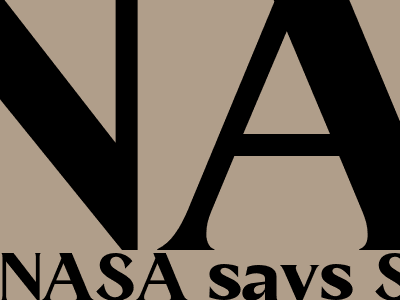
NASA Says Starliner Astronauts Suni Williams, Butch Wilmore ‘In Good Health’ on ISS
Suni Williams and Butch Wilmore arrived at the International Space Station (ISS) on April 21st
NASA astronauts Suni Williams and Butch Wilmore are “in good health” after arriving at the International Space Station (ISS) on April 21st. The two astronauts launched from the Kennedy Space Center in Florida on April 19th aboard a Boeing Starliner spacecraft.
Williams and Wilmore are the first astronauts to launch to the ISS on a commercial spacecraft. The Starliner is a reusable spacecraft developed by Boeing under NASA’s Commercial Crew Program.
Williams and Wilmore will spend six months on the ISS
Williams and Wilmore will spend six months on the ISS as part of the Expedition 67 crew. They will conduct a variety of research experiments and help to maintain the station.
The arrival of Williams and Wilmore brings the total number of astronauts on the ISS to seven. The other astronauts on board are NASA astronauts Jessica Watkins and Kjell Lindgren, ESA astronaut Samantha Cristoforetti, and Roscosmos astronauts Oleg Artemyev, Denis Matveev, and Sergey Korsakov.
NASA Administrator Bill Nelson says the mission is a ‘testament to the power of human ingenuity’
NASA Administrator Bill Nelson said in a statement that the mission is a “testament to the power of human ingenuity”.
“This mission is a testament to the power of human ingenuity and the spirit of exploration that drives us forward,” Nelson said. “We are proud of the accomplishments of our astronauts and the entire team that made this mission possible.”
Commercial Crew Program is a key part of NASA's Artemis program
The Commercial Crew Program is a key part of NASA’s Artemis program, which aims to return humans to the Moon by 2025. The program is designed to develop and demonstrate commercial spacecraft that can safely and reliably transport astronauts to and from the ISS.
The success of the Starliner mission is a major milestone in the development of the Commercial Crew Program. It is a sign that commercial spacecraft are ready to begin transporting astronauts to and from the ISS on a regular basis.